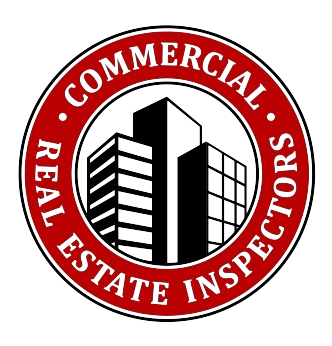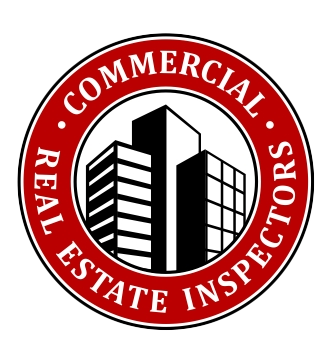Owning or managing a commercial property in California means being prepared for fire risks. Between electrical systems, emergency exits, sprinkler maintenance, and alarm requirements, there’s a lot to stay on top of. The National Fire Protection Association (NFPA) publishes codes and standards that are widely adopted across the country. These serve as a guide to keep people safe, protect property, and limit liability.
Here are five NFPA standards that California commercial property owners should know and take seriously.
NFPA 101 — Life Safety Code
This standard focuses on how people get out of a building safely during a fire. It covers exits, stairwells, doors, emergency lighting, and signs that guide occupants during an evacuation.
Why it matters: In a fire, panic spreads quickly. If exits are blocked or signs are unclear, people can be trapped inside. Smoke and power outages only add to the danger.
What to look for in your building:
- Clear, unobstructed paths to exits
- Properly rated fire doors that shut and latch
- Emergency lighting that works during outages
- Exit signs that are bright and easy to see
If you manage multi-tenant or mixed-use spaces, multi-family unit inspections can help identify exit and access issues early.
NFPA 70 — National Electrical Code
Electrical systems are a leading cause of fires in commercial properties. NFPA 70 sets the baseline for safe wiring, panels, outlets, and electrical equipment.
Why it matters: Outdated wiring, overloaded circuits, or makeshift fixes can spark a fire. California’s older commercial buildings are especially at risk if electrical systems haven’t been updated.
What to check:
- Regular electrical inspections, especially in older buildings
- No exposed wires or overfilled breaker panels
- All electrical work performed by licensed contractors
- Updated wiring when equipment or occupancy changes
Our commercial property inspections can reveal electrical red flags before they become hazards.
NFPA 13 — Sprinkler System Installation
Sprinklers are one of the most effective ways to control a fire before it spreads. NFPA 13 lays out how sprinklers should be installed and supplied with water.
Why it matters: Fires that could have been stopped early often escalate in buildings without working sprinklers. In California, many commercial properties are required by local building codes to install them.
What to check:
- Sprinklers installed in all required areas
- Proper spacing and coverage throughout the building
- Heads free from dust, paint, or obstruction
- System designed and installed by qualified professionals
Sprinkler access and readiness are often part of our broader hotel property inspections and similar assessments.
NFPA 25 — Sprinkler System Inspection and Maintenance
Even the best sprinkler system won’t help if it hasn’t been maintained. NFPA 25 covers how often systems should be inspected and tested.
Why it matters: A clogged pipe, corroded valve, or broken sprinkler head can cause the system to fail when you need it most. Insurers and fire marshals often look for proof of inspections.
What to check:
- Written records of inspections and maintenance
- Regular tests of pumps, valves, and water pressure
- Quick repairs when issues are found
- Visible, accessible sprinkler controls
Through our RISK Assessment® Reports, property owners get clear documentation of building conditions and areas needing attention.
NFPA 72 — Fire Alarm and Signaling Code
NFPA 72 sets the rules for fire alarms—everything from smoke detectors to strobe lights and alarm panels.
Why it matters: Early detection is critical. If your alarm system doesn’t alert people quickly, they may lose precious time to escape. In California, some cities have stricter alarm requirements for high-rise or mixed-use buildings.
What to check:
- Detectors in the right locations and cleaned regularly
- Alarm signals that are both audible and visible
- Backup power that keeps alarms working during outages
- Routine tests with logs kept up to date
Alarm reliability is one of the areas we review during commercial property inspections.
Lessons from Recent California Fires
California has seen firsthand how fire safety measures affect outcomes.Glass Fire (Napa & Sonoma, 2020): More than 1,500 structures were destroyed, including hundreds of commercial properties. Many losses were tied to poor defensible space and vulnerable building features.
- Wildfires in Los Angeles County (2025): Research showed that buildings closer to vegetation, built with flammable materials, or lacking proper fire-resistant design suffered the most damage.
Takeaway: Fire codes and NFPA standards aren’t just red tape—they’re practical tools that determine whether a building survives or is lost.
How Commercial Real Estate Inspectors Supports Owners
At Commercial Real Estate Inspectors, we help property owners understand how their buildings measure up against NFPA best practices and California’s fire safety requirements. Through thorough commercial inspections, detailed RISK Assessment® Reports, and specialty services such as deck and balcony inspections, we provide the information you need to prioritize upgrades and protect your property.
Protect Your Property and Your Tenants
Fires in California aren’t a question of if—they’re a question of when. Commercial building owners who understand and act on NFPA standards are in a much stronger position to reduce damage and liability.
Commercial Real Estate Inspectors is here to help you evaluate your property, identify risks, and plan improvements. Contact us today to schedule an inspection and take the first step toward a safer, more compliant building.


